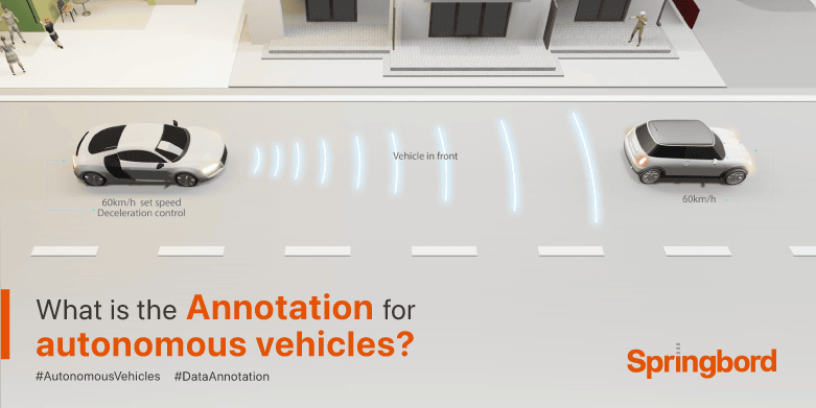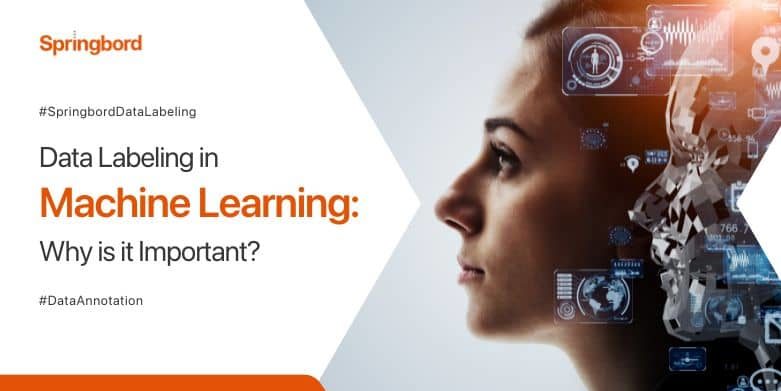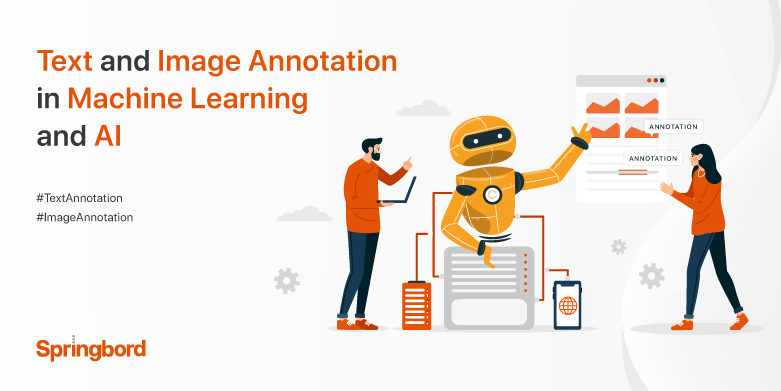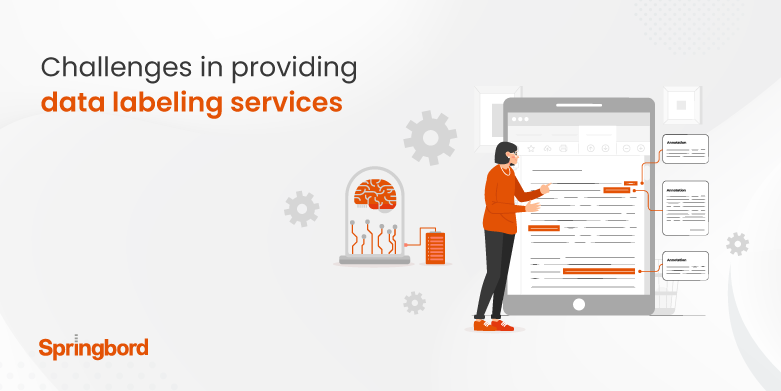 Read time 2 min
Read time 2 minAnnotating a vehicle involves setting up boundary boxes and defining various attributes. In this way, machine learning models are prepared to identify and interpret data from the vehicle’s sensors.
Because of this, autonomous driving would be nearly useless without properly annotated data. An effortless transition to autonomous mode is guaranteed by the accuracy of the data.
Why do we need annotation?
Numerous sensors and cameras in today’s vehicles result in massive amounts of data. These data sets are of no use unless they are properly labelled for further processing. Autonomous vehicle training models require access to this data as part of a test suite. Manually labelling the data would be an enormous task, but several automation tools can help.
Annotation types for autonomous vehicles
1. Annotation of 2D boxes for autonomous vehicles
To teach self-driving cars to identify common street objects, researchers have turned to a rectangular form of 2D boxing annotation based on computer vision.
Roadways, road signs, parking spots, and cars all fall under this category. To put it simply, it’s the bare minimum of annotation for cars that drive themselves.
2. Annotation of 3D Point Clouds for Use in Autonomous Vehicles
Sensors like LiDAR, which transmit light and calculate the time it takes for reflection back into the sensor for each point to be created with 3D boxes, benefit from this type of data training because it enables accurate object detection.
Everything, inside or out, becomes instantly recognisable. When applied to automated vehicles, 3D point cloud maps are used to identify and categorise road lanes.
3. Automated vehicle semantic segmentation
With the pixels in mind, semantic segmentation is a digital method for dividing an image into different sections.
Shaded annotations aid computer vision systems in identifying the objects around autonomous vehicles. By classifying each element of an image, semantic segmentation reveals its true nature.
4. Automatic car polyline annotation
This data-driven training facilitates safe and efficient driving by making it simple to identify streets and highways.
It uses computer vision to mark pedestrian crosswalks and road surfaces (including single, double, and broken, painted lanes) so that autonomous vehicles can more easily navigate them.
5. Annotation of both standalone and live-streamed videos for use in autonomous vehicles
Videos are broken down into thousands of still images using this method, and each frame is annotated with information about its intended subject. They aid vehicles’ ability to identify objects in crowded environments.
Streamed frame video annotation employs algorithms learned from the annotation of individual video frames to locate and follow the movement of specified objects in subsequent frames. Only in cases where algorithms are unable to perform satisfactorily do annotations need to be modified. It’s good for straightforward situations.
6. Annotation of polygons for autonomous vehicles
Automatic polygon annotation allows for the precise detection of complex shapes. Accurate polygons are drawn around even the most irregularly shaped objects.
It aids autonomous vehicles in identifying pedestrians, other vehicles, and other visible objects on the road. It’s incredibly precise, but it takes a long time and a lot of money.
7. Annotating Critical Information for Self-Driving Cars
This data-driven training facilitates safe and efficient driving by making it simple to identify streets and highways.
It uses computer vision to label roads and lanes (whether solid, broken, or painted) so that autonomous vehicles can find them with ease.
Conclusion
Springbord is a powerful tool that can help you launch your next machine-learning project, regardless of the type of image annotation you need.







